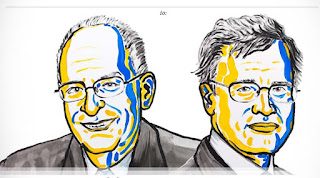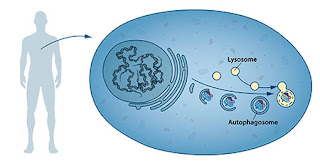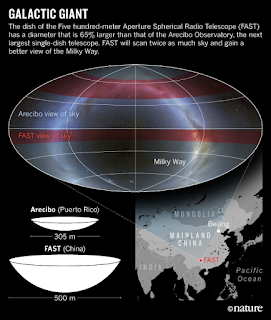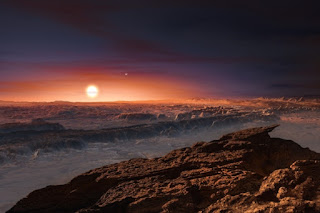Topics: Biology, Cancer, Nanotechnology, Research
My father died from complications due to smoking and lung cancer; my mother was a breast cancer survivor and two members of my wife's family are undergoing treatment for bone and breast cancer. In addition, a friend from college and my Calculus/Karate instructor in college both survived Melanoma. You can see how my attention and concern gravitates toward research like this.
Silica nanoparticles less than 10 nm in diameter in size could be used to kill cancer cells in a process known as ferroptosis according to new work by researchers at the Memorial Sloan Kettering Cancer Center in New York. The tumour-killing properties of the particles appear to be intrinsic to the particles themselves and as such they could be used as new therapeutic agents in their own right – without the addition of any cytotoxic molecules as is usually the case.
“The particles also appear to be well tolerated in normal biological tissue, so their cancer-cell-specific killing activity may represent a new therapeutic technique,” co-team leaders Michelle Bradbury and Michael Overholtzer tell nanotechweb.org.
The researchers performed their experiments on mice harbouring experimental tumours, including melanoma. They found that the silica nanoparticles, which were coated with ethylene glycol and functionalised with melanoma-targeting peptides, can bind to biological cells and deliver iron from their external environment into them. They thereby kill cancer cells by introducing large amounts of iron. This process is known as ferroptosis.
“The particles kill most efficiently when the cells have been starved, that is deprived of amino acids, which are essential cell nutrients,” explains Overholtzer. “For many cancers, their growth can outpace the development of a suitable vasculature, which is needed to deliver nutrients to the tumour. Indeed, tumour-associated vasculature is often dysfunctional or ‘leaky’ and as a result, cancer cells are known to experience periods where they do not receive enough nutrients to grow.
Nanotechweb.org: Silica nanoparticles suppress tumour growth, Belle Dumé














